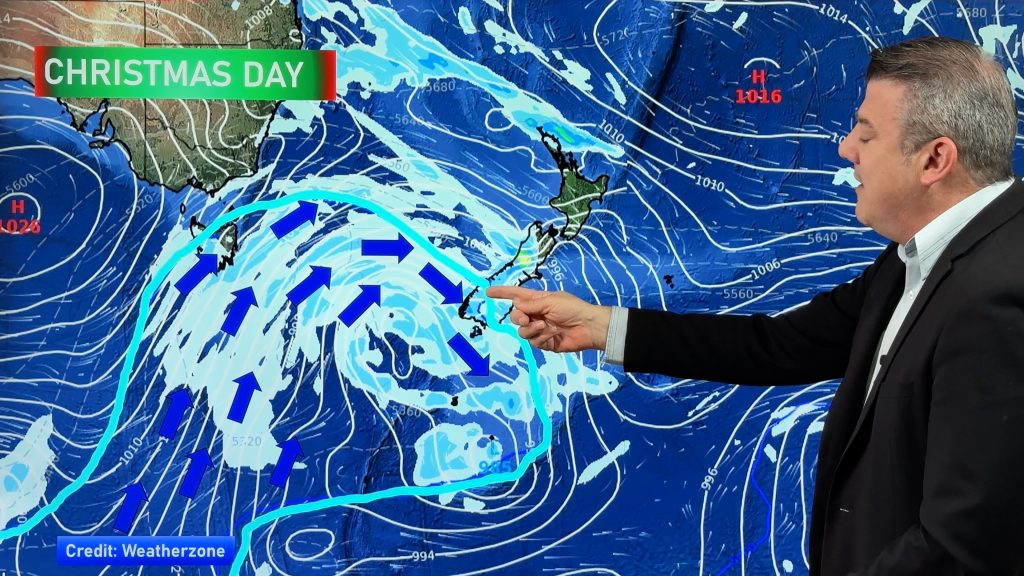Your web browser (Internet Explorer) is out of date. Some things will not look right and things might not work properly. Please download an up-to-date and free browser from here.
4:01am, 27th December
Home > News > Antarctic ice may hide huge methane mena...
Antarctic ice may hide huge methane menace
29/08/2012 11:00pm

> From the WeatherWatch archives
The melting of Antarctic ice could release huge amounts of greenhouse gas trapped under the continent’s surface – creating a feedback loop that would accelerate climate change.
Scientists have found the Antarctic ice sheet could be a major hidden source of methane, with vast amounts of the potent greenhouse gas being released into the atmosphere as chunks of the sheet collapse into the ocean.
A five-year United States study suggests that old organic matter in oxygen-deprived sedimentary basins may have been converted to billions of tonnes of methane.
These pockets are estimated to lie under about half of the one million sq km West Antarctic ice sheet and one quarter of the 2.5 million sq km East Antarctic ice sheet – hiding as much as four billion tonnes of methane hydrate and free methane gas.
The shallow depth of these huge Antarctic reserves also means their effect on climate change could be more powerful than other methane hydrate reserves elsewhere on the planet.
The trapped organic material that created the gases was a relic of life that teemed in Antarctica 35 million years ago, study co-author Slawek Tulaczyk said.
“Our modelling shows that over millions of years, microbes may have turned this old organic carbon into methane.
“Our study highlights the need for continued scientific exploration of remote sub-ice environments in Antarctica, because they may have far greater impact on earth’s climate system than we have appreciated in the past.”
Victoria University associate professor of physical geography Jim Renwick said: “Methane is the more powerful greenhouse gas – it doesn’t stay in the atmosphere anywhere near as long as carbon dioxide, but while it’s there it does a pretty effective job of absorbing heat from the earth.
“If a lot of methane did suddenly get released into the atmosphere, it would have a large effect,” he told the Herald.
Separate findings at the opposite end of the globe have signalled warming is happening at an alarmingly fast rate.
New analysis found Arctic sea ice had melted to the lowest extent seen in records that began more than 30 years ago, breaking the previous record low observed five years ago.
Dr Renwick described a rapid melt rate at the start of the month, where an area nearly the size of New Zealand disappeared each day, as “just jaw-dropping”.
“This event unfolding in the Arctic Ocean right now should be a wake-up call to governments worldwide that climate change is a serious threat, and it is not [a] distant menace, it is on our doorstep today.”
WHAT LIES BENEATH
- Scientists estimate half of the West Antarctic ice sheet and a quarter of the East Antarctic ice sheet overlie pre-glacial sedimentary basins containing about 21,000 billion tonnes of organic carbon.
- They also calculate that the potential amount of frozen methane and free methane gas beneath the Antarctic ice sheet could be up to 4 billion tonnes.
- It would take 196,000 years for the Hampton Downs landfill to generate the same amount of methane.
- Methane release during episodes of ice-sheet collapse could accelerate global climate change.
- Nasa research over 20 years found snow is continually melting across Antarctica – in recent years as far as 800km inland and on mountains two kilometres above sea level.
- Scientists also found that melting had increased on the Ross Ice Shelf, both in terms of the geographic area
– By Jamie Morton, nzherald.co.nz
Comments
Before you add a new comment, take note this story was published on 29 Aug 2012.
Latest Video
Low pressure moving in for end of 2025
Low pressure looks to be driving New Zealand’s weather more as we enter the final 7 days of 2025. For…
Related Articles
Low pressure moving in for end of 2025
Low pressure looks to be driving New Zealand’s weather more as we enter the final 7 days of 2025. For…
Santa Tracker 2025!
We’ve switched off the live Santa Tracker, displaying the final image at 11pm Christmas Eve. Comments posted after 11pm Christmas…
Weather for Christmas & NYE: The good, the bad and the ugly…
Low pressure, windy weather, hot and cold – it’s all in the mix over the coming days, bringing both hot…
Navigation
© 2025 WeatherWatch Services Ltd




Add new comment
David on 30/08/2012 5:22am
More scaremongering via NIWA?
Yawn!!!
Cheers.
Reply